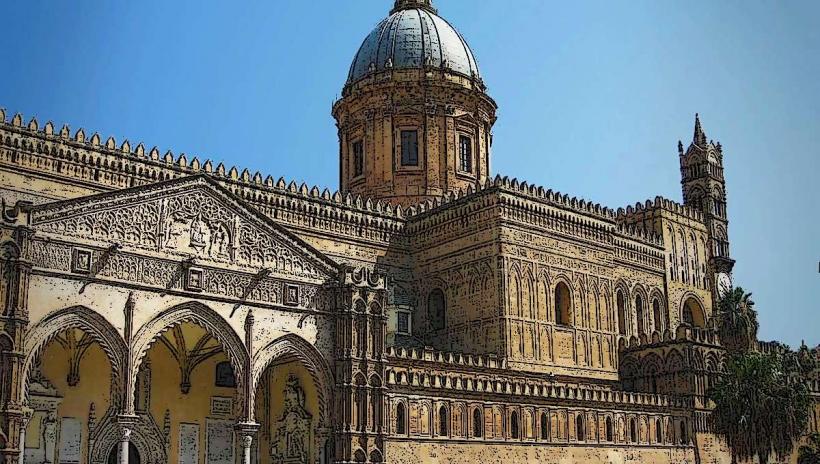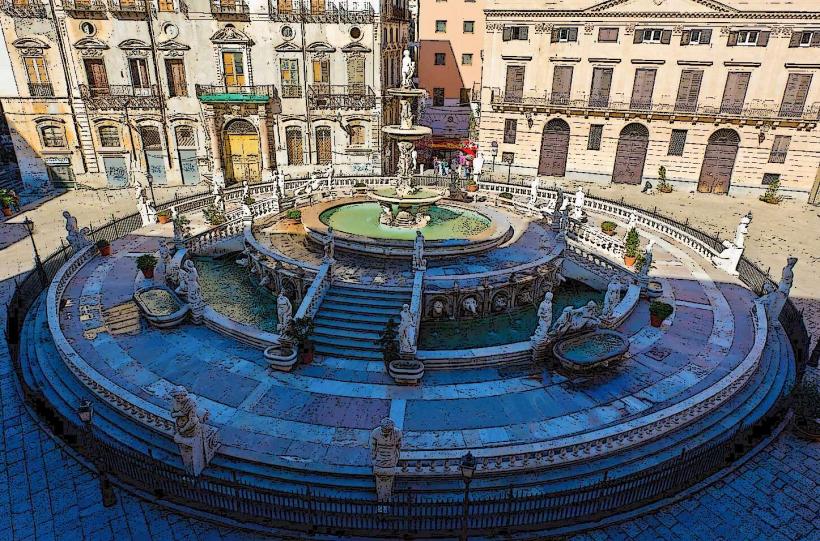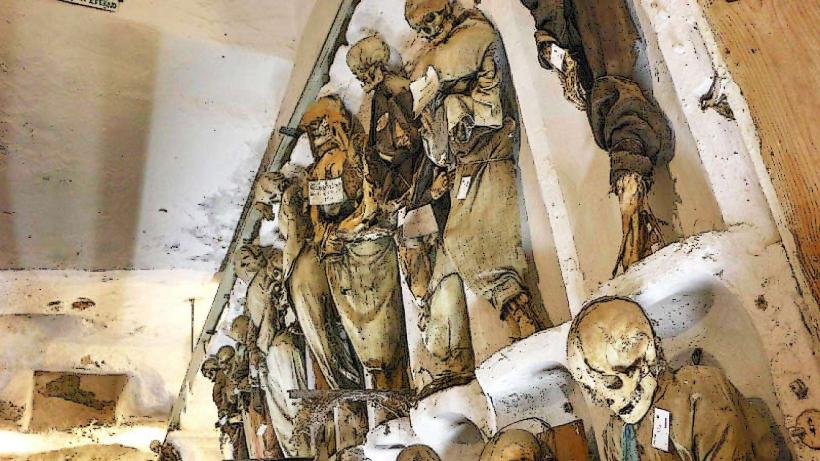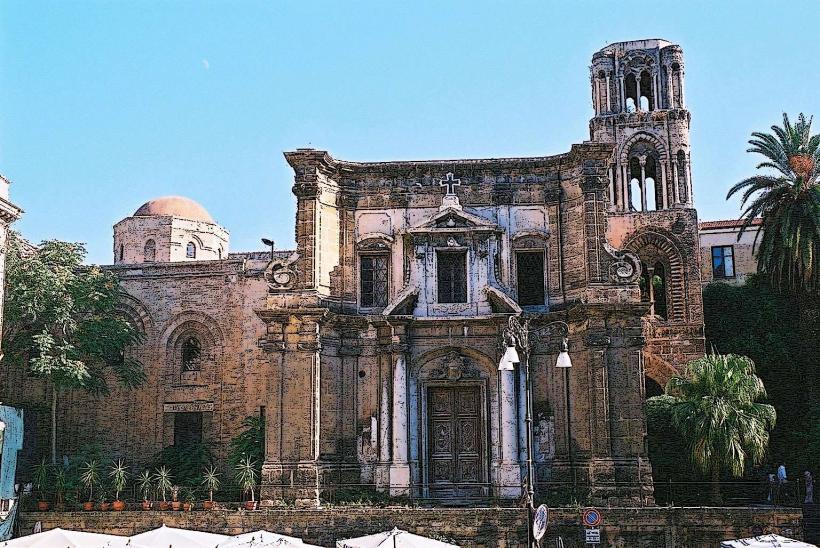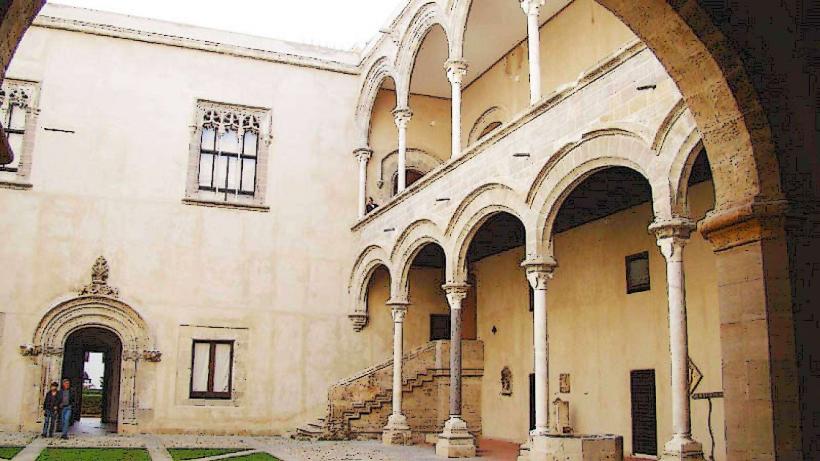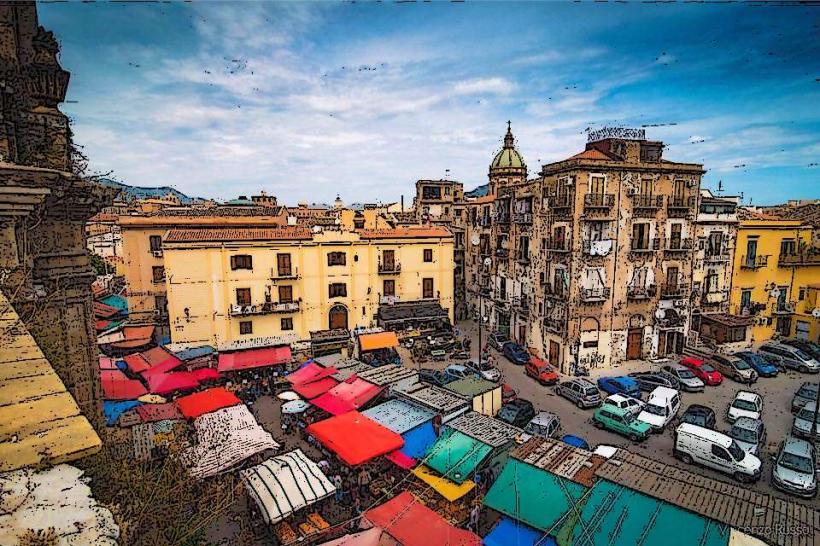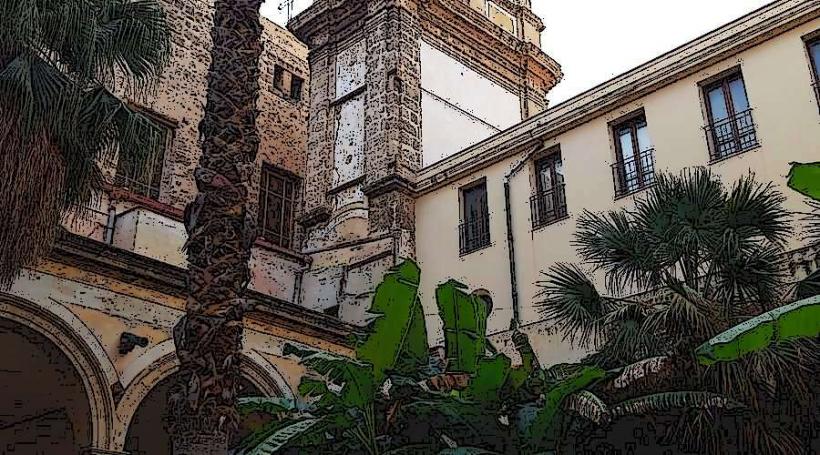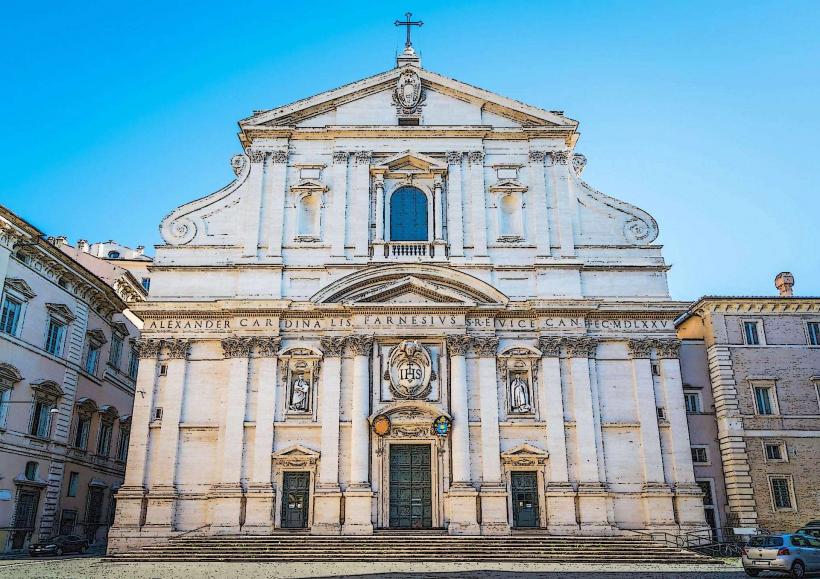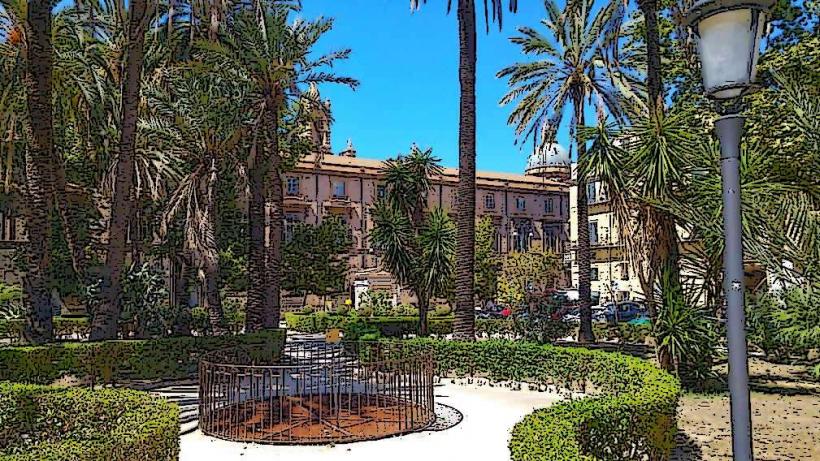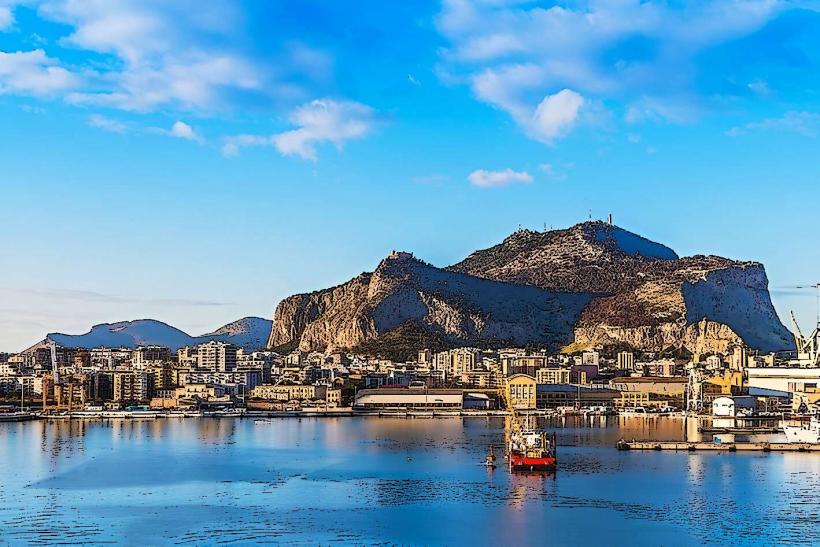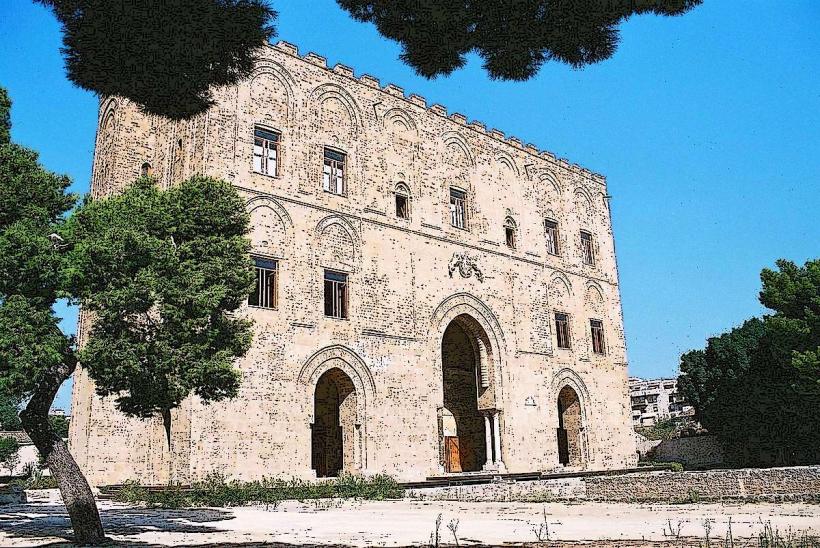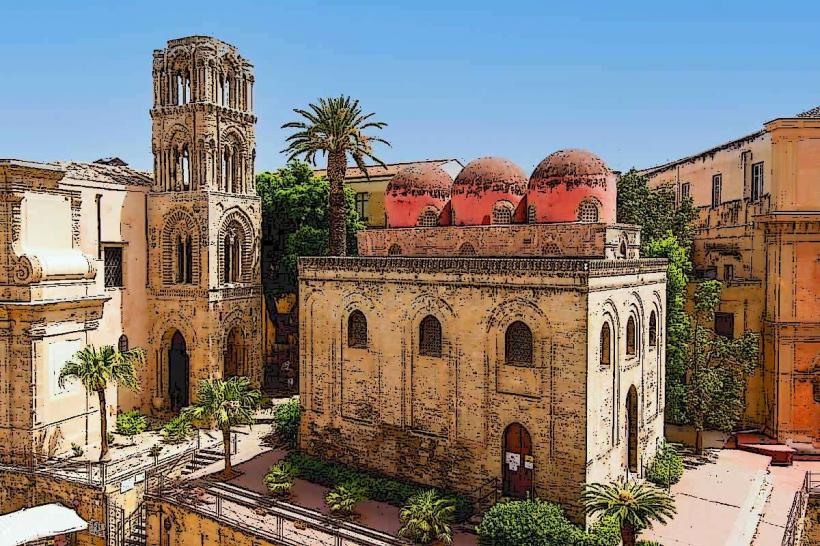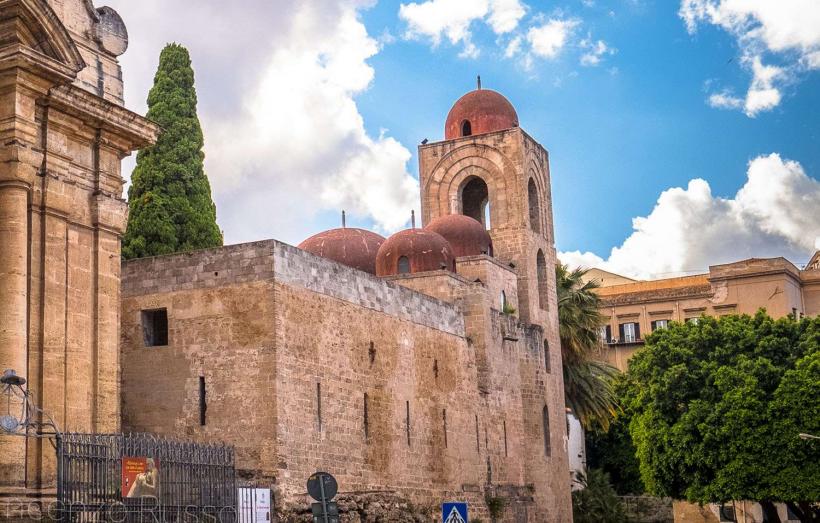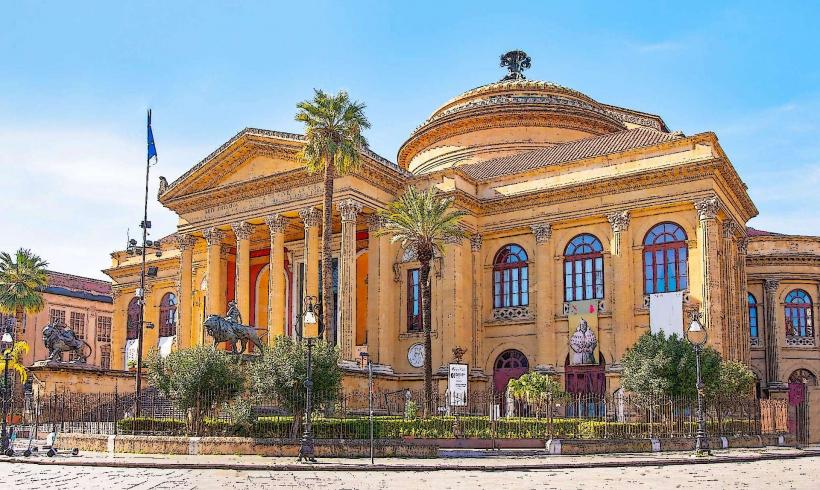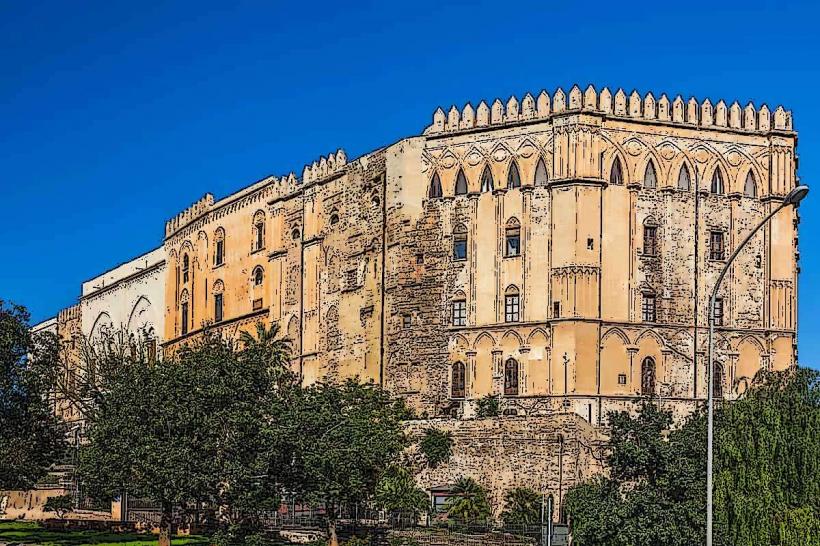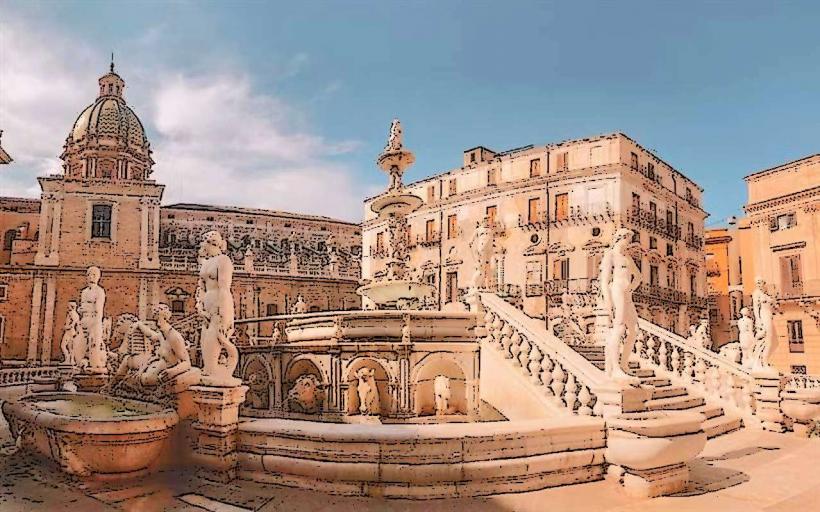Information
Landmark: Cattedrale di PalermoCity: Palermo
Country: Italy
Continent: Europe
Palermo Cathedral (Cattedrale di Palermo) is a striking example of the city's rich and diverse architectural history. Located in the heart of Palermo, Sicily, this cathedral reflects a mix of architectural styles, from Norman to Gothic, Baroque, and Neoclassical, symbolizing the different cultural influences that have shaped the region over the centuries.
Key Features and Historical Background:
Foundation and Early Construction: The cathedral was originally built in the late 12th century under the orders of the Norman king William II, starting in 1185. Initially, it was a church dedicated to the Virgin Mary and was constructed on the site of a former Byzantine church and possibly a pagan temple. The Normans established Palermo as their capital in the 11th century, and the cathedral became a symbol of their power.
Architectural Styles: The cathedral has undergone numerous alterations and extensions over the centuries, which accounts for its eclectic architectural style:
- Norman Influence: The cathedral’s foundation reflects a Romanesque style, with a broad nave, semi-circular arches, and simple columns.
- Gothic Elements: In the 14th century, several Gothic elements were added, including pointed arches and ribbed vaults, especially noticeable in the nave and side aisles.
- Baroque Modifications: The 17th and 18th centuries saw Baroque additions, most notably in the interior. The altars and decorations were altered to reflect the more ornate style of the period.
- Neoclassical Additions: In the 19th century, the cathedral underwent more changes, including the addition of Neoclassical elements to the facades and the introduction of a more symmetrical design.
Facade and Exterior: The cathedral's facade is a combination of different styles. The main entrance is framed by a massive portico with a row of columns. The top of the facade features a series of blind arches. The exterior is marked by two towers, with one of them being a 14th-century bell tower, and the other was added later.
Interior: Inside, the cathedral features a Latin cross floor plan. The interior is vast, with high ceilings and a series of chapels around the aisles. One of the most striking features is the royal tombs that lie within the cathedral:
- Several Norman kings are buried here, including William II of Sicily, who ordered the original construction of the cathedral. Other notable burials include Frederick II's tomb and that of his son, Manfred of Sicily.
- Mosaics: In the interior, visitors can find beautiful mosaics, which were completed during the Norman period, and they are heavily influenced by Byzantine art. The mosaics are mostly found in the apse and depict religious scenes.
The Crypt: The cathedral's crypt is another fascinating feature. It was used for royal burials and holds the remains of several notable figures from Sicilian history.
Chapels: The cathedral has many side chapels, with some serving as important burial sites. One of the most famous is the Chapel of the Holy Sacrament, which contains a splendid Baroque altar.
Piazza del Duomo: The cathedral stands at the edge of Piazza del Duomo, a large square that provides a dramatic view of the building’s sprawling structure, especially with its contrasting facades of different eras.
Renovations and Preservation: The cathedral underwent significant restoration work during the 19th and 20th centuries to preserve its structure and details, including the installation of the glass windows and other structural reinforcements.
Religious and Cultural Significance:
Palermo Cathedral serves as a symbol of the cultural blending that defines the city. It is not only a place of worship but also a center of artistic heritage. Its diverse architecture reflects the various rulers who have controlled Sicily, from the Romans and Byzantines to the Arabs, Normans, and Spanish.
The cathedral is also an important pilgrimage site in Sicily and plays a central role in the religious festivals and processions of the city, such as the feast of Santa Rosalia, the patron saint of Palermo, when the streets around the cathedral come alive with celebrations.
In conclusion, Palermo Cathedral is a stunning example of historical and architectural fusion. Its rich history, religious significance, and the blend of multiple architectural styles make it an iconic landmark of both the city of Palermo and Sicily.

